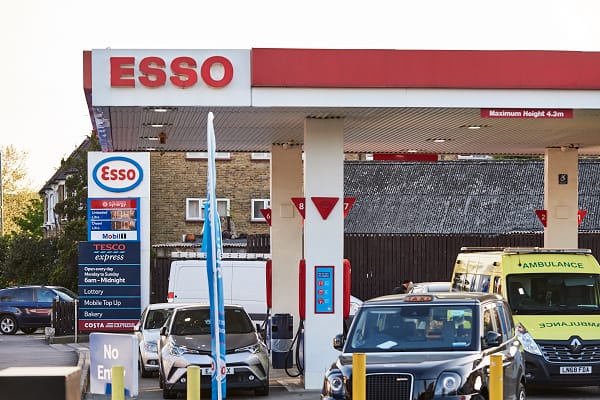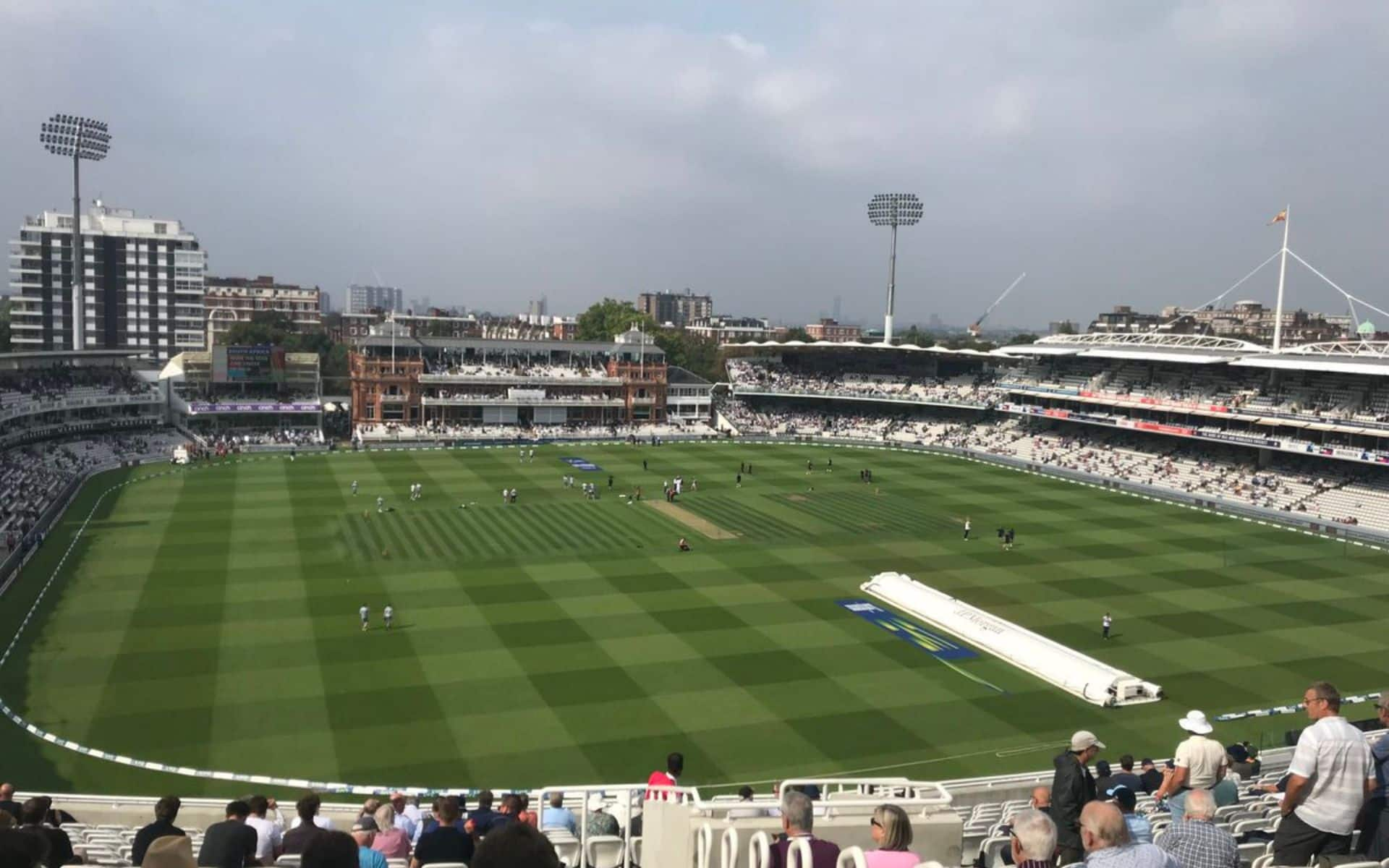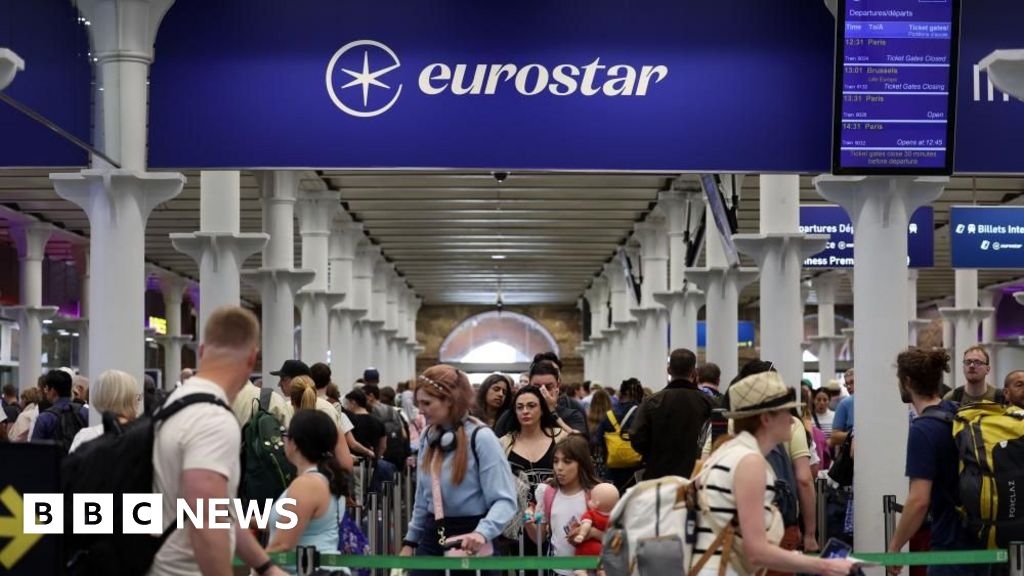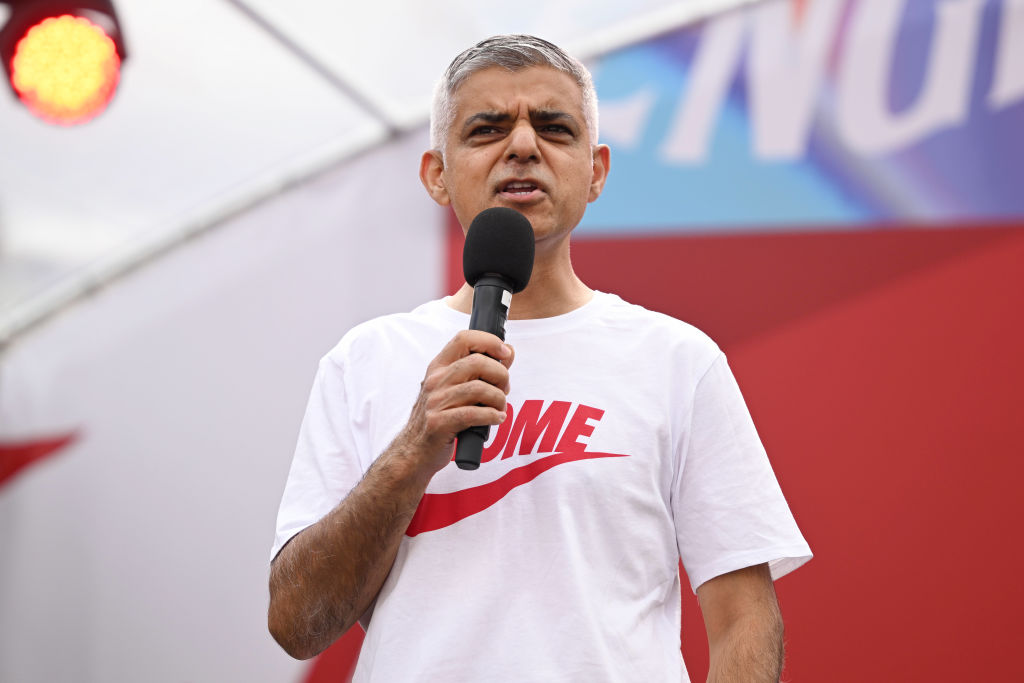Fashion
Hybrid London Fashion Week event makes an impact, despite smaller size

The June edition of London fashion Week wrapped up on Sunday and while in many ways it was a fashion week that wasn’t a fashion week — with not that many runway shows — it still registered as a cultural event and made an impact on social media.
Craig Green’s show a few days before the kickoff helped remind us that a fashion week was looming and shows by labels including the ever-headline-grabbing Charles Jeffrey Loverly and Qasimi were enough to get the flashbulbs popping.
The Charles Jeffrey show at Somerset House (where his studio’s located and that’s also hosting a Loverly retrospective exhibit) was a real ‘event’, especially after a few seasons of him showing in Milan. Celebrating the label’s 10th anniversary it featured Beth Ditto and a choir on vocals plus a cast of the label’s friends.
Guests and models included Tilda Swinton, Erin O’Connor, Beth Ditto, Katy England, Bobby Gillespie, Wolf Gillespie, Lux Gillespie, Cora Corre, Tish Weinstock, Princess Julia, Miss Jason, Jodie Harsh, Jack Wolfe, and M Huncho.
That’s not a bad list for a fashion week that some had speculated might not make an impact.

As for the collection itself, dubbed ’10’, we’re told it’s “a visual and material milestone in Loverboy’s history, a meditation on the enduring themes and temporalities that shape our universe. Departing from our previous narrative-driven approach, 10 has found its form through an exploration of ‘queer time’ – the idea that queerness shapes not only our sense and understandings of gender and sexuality, but also our experiences of time itself and our relations to past, present and future”.
In practice that meant “nods towards nightwear and undergarments” jostling against references to formality and outerwear, “in a muddling of sartorial codes of labour and leisure, public and private”.

There were “puckish takes on traditionally masculine conservative signifiers, this time from spheres of military and gamekeeping”. The collection also referenced the brand’s own history and hero garments through new ‘animal familiar’ takes on its ears beanie and its Warholian banana motif (“rendered oversized and overripe in black velvet”).
Through the partnership with The World of Clash, Jeffrey was also “led back to SS18’s piercing arrows, this time less apfelschuss and more Saint Sebastian and a reimagining of the wedding dress finale inspired by the mobile gaming franchise’s character, P.E.K.K.A”.

Meanwhile, Qasimi’s SS25 collection also marked a return to the runway and the first live show under Hoor Al Qasimi’s creative direction, since she took the helm in 2020.
With her art background, it’s no surprise that she teamed up with artist Kambui Olujimi to present the collection at Wapping Power Station that we’re told “merges art, sculpture, and fashion, delving into profound themes of identity, history, and sociopolitics”.
It drew significant inspiration from Olujimi’s ‘When Monuments Fall’ series and led Al Qasimi and the design team to “propose new narratives through the reinterpretation of shapes and forms”.

A central concept in the collection is “spolia”, which involves integrating elements from older structures into new designs.
So how did that play out in terms of garments that will appear on store rails in a few months’ time? We got a blend of fluid and structured silhouettes (“symbolising the ever-changing nature of monuments”).
Fabrics used in the collection included medium-weight silk twill, sheer cotton voile, and a luxe silk-wool blend.
Techniques such as digital printing, image granulation, and fading aimed to “evoke the passage of time and the shifting significance of the original artworks”.

High-profile kickoff event
Elsewhere at LFW there were panel discussions and other events for the three-day “celebration of British menswear and the diverse cultures that have a long-standing influence on the fashion industry”.
It had all been kicked off by David Beckham on Friday at an opening event at which British Fashion Council chief Caroline Rush didn’t hold back on calling out the tough times facing the sector.
“We are of course being realistic about the challenges,” she said. “Globally, but particularly in the UK, market conditions remain tough for fashion businesses and as we prepare for a general election on 4 July there is an opportunity for a refresh. We need support to design and deliver #FashionsFuture.”
But she also underlined the ongoing relevance of the June fashion ‘week’, saying: “London has always been the most innovative and creative fashion week and this June is no exception. This is not a normal fashion week. We wanted to create a cultural moment with the aim of igniting the imagination with a focus on storytelling. Over the next three days, we are spotlighting the breadth of British menswear and the storytelling that makes British menswear unique.”
The opening event also included rooms at the ICA filled to reflect the wider fashion week’s three themes (black culture, South Asian culture, and queer culture).
The first was curated by broadcaster Clara Amfo, the second by writer and content creator Simran Randhawa and the third by model Kai-Isaiah Jamal.
Given that this was fashion week, they also included garments from labels such as Nicholas Daley, Labrum London, Ahluwalia, Chet Lo, Harri, Abigail Ajobi, and others.
Social media impact
So how well did all this resonate with the all-important giant-sized jury on social media?
Social media management platform Dash Hudson drew data to show that the BFC’s “innovative approach significantly elevated the event experience, resulting in heightened audience engagement” on Instagram”.
It measured the level of interaction between a brand and its audience, indicating content effectiveness and brand affinity.

The average engagement rate for the luxury industry during the reviewed period was 0.19%, but Harri’s engagement rate was 2.47%, 1,200% above the industry average; Marie Lueder’s was 1.82%; Claudia Wang’s was 1.28%; and both Qasimi and Gieves were 31% above the industry average.
The top five brand with the highest Instagram follower growth during LFW were Harri at 1.74%, 2,800% above average; Charles Jeffery Loverboy at 1.09%/1,717%%; Denzil Patrick at 0.84%/1,300%; Marie Lueder at 0.44%/633%; and Qasimi at 0.42%/600%.
And the top five individual Instagram posts based on the engagement rate came from Harri at 7.11%/3,642%; Alexander Roth at 3,89%/1,947%; Harri again at 3.74%/1,868%; Marie Lueder at 1.86%/878%; and Craig Green at 1.48%/678%.
Copyright © 2024 FashionNetwork.com All rights reserved.









